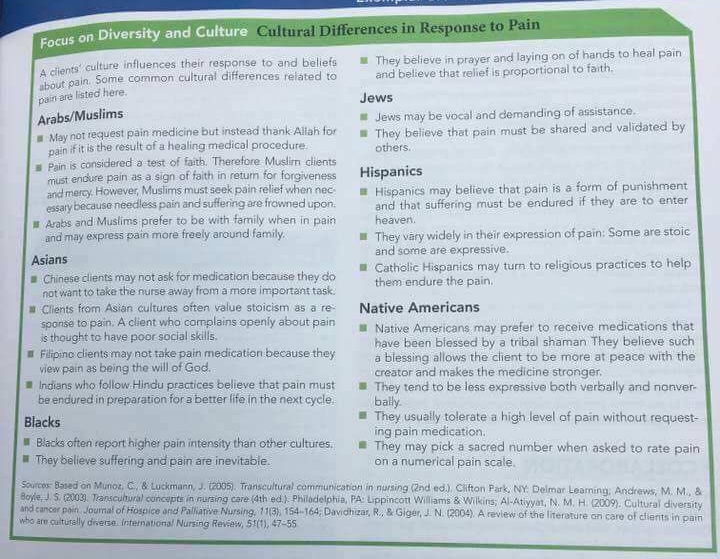Vitamin D Supplements Could Ease Symptoms of IBS
/By Pat Anson, Editor
A new study suggests that Vitamin D supplements may help ease stomach cramps, constipation and other painful symptoms of irritable bowel syndrome (IBS).
In a systematic review (a study of studies) involving hundreds of patients around the world, British researchers found that over half the patients with IBS had low levels of Vitamin D in their blood serum. Vitamin D supplements helped improve symptoms for some patients, although the findings were mixed.
"The available evidence suggests that low vitamin D status is common among the IBS population and merits assessment and rectification for general health reasons alone,” said Claire Williams of the University of Sheffield, lead author of the study published in the European Journal of Clinical Nutrition.
"An inverse correlation between serum vitamin D and IBS symptom severity is suggested and vitamin D interventions may benefit symptoms."
Williams and her colleagues cautioned that the evidence was not strong that supplements would help, and said larger studies were needed to build a case for Vitamin D as a treatment for IBS.
Britain’s National Health Service was also cautious about the findings.
“Although this possible link is worth investigating further, the evidence is currently very limited. The results seen in this study are an extremely mixed bag taken from studies of questionable quality," the NHS said in a review.
“The observational studies mainly just show that a number of these people with IBS also had a vitamin D deficiency. But you could select many other samples of people with IBS and find they have sufficient vitamin D levels, or other people who don't have IBS but who are vitamin D deficient.”
Both IBS and vitamin D deficiency are common in the western world. About 20% of adults in the UK are deficient in Vitamin D. Low levels of the “sunshine vitamin” have also been linked to fibromyalgia and multiple sclerosis.
Most people get all the Vitamin D they need by being exposed to ultraviolet rays in sunlight. You can also get it by eating foods rich in Vitamin D, such as oily fish and eggs. Vitamin D has a wide range of positive health effects, such as strengthening bones and inhibiting the growth of some cancers.





















